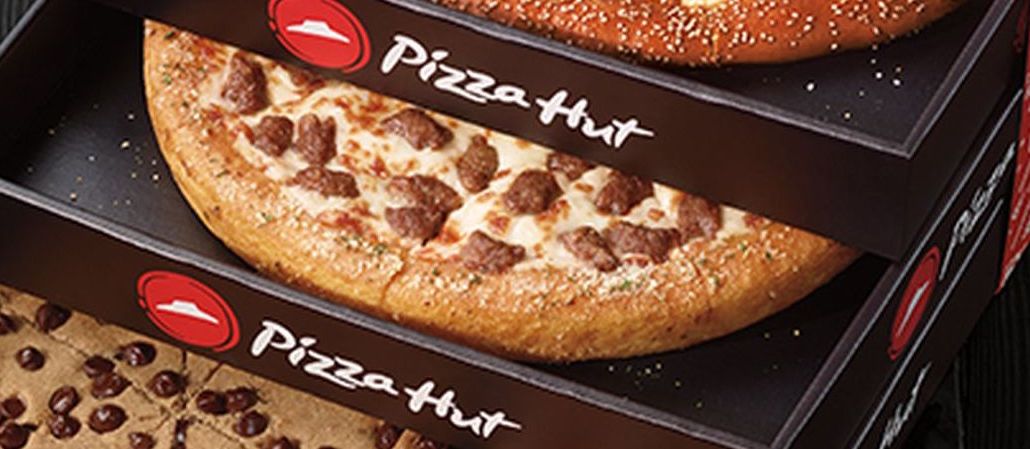Save 50% on a 3-month Digiday+ membership. Ends Dec 5.

Restaurant chains are engaged in a digital slugfest. Subway is assembling a digital team of 150 full-time employees in collaboration with consulting firm Accenture, while Domino’s is now framing itself an e-commerce company.
Now, Pizza Hut is building a social ordering platform that starts with chatbots in Facebook Messenger and Twitter Direct Messages. The new chatbots, which will be available in the U.S. this August, can help consumers order quickly or receive brand information in a timely manner.
The development cost of a chatbot is in the low six figures, according to Baron Concors, global chief digital officer for Pizza Hut. (The brand worked with development shop Converseable.) The Facebook and Twitter chatbots are integrated with Pizza Hut’s e-commerce platform, so the chain is able to let consumers reorder their favorite items or saved orders from any U.S. Pizza Hut location by chatting directly with the Pizza Hut accounts on Facebook Messenger and Twitter.
“Messaging is taking off, and social ordering provides convenience,”Concors said. “We want to test [social ordering] on Facebook and Twitter first, and add channels later like voice ordering on Amazon Alexa and Google Assistant.”

Pizza Hut’s sales were flat in the first quarter of last year. In response, Greg Creed, CEO of Yum!Brands, expressed the the company’s struggle of balancing its efforts to target different demographics aside from millennials, saying that Yum!Brands was making the “needed investments” in digital across all Pizza Hut markets.
Over the past 12 months, Pizza Hut has doubled its digital team to more than 200 full-time employees globally, according to Concors. And last year, digital drove around $2 billion in sales for Pizza Hut, 70 percent of which came from mobile. This year, mobile is projected to represent 75-80 percent of Pizza Hut’s digital revenue, said Concors.
Prior to chatbots, Pizza Hut introduced a new website feature called “Visible Promise Time” in April of this year, which gives customers delivery and carryout wait times before they make an order. And last year, the chain introduced an Uber-style app to let users track the location of their delivery person’s vehicle on a map relative to their home.
Pizza Hut aside, many brands have jumped onto the chatbot bandwagon. 1-800 flowers, for example, has been testing chatbots for a little over four months now. And Whole Foods, debuted its Facebook Messenger chatbot on Tuesday, where consumers can search recipes by emoji and keyword. According to a Whole Foods Market representative, 50 percent of recipes are searched for via the chatbot while consumers are in an aisle.
But some frustrations may take place when chatbots don’t understand the language nuances existing in different age groups, said Tru Pettigrew, chief strategic officer for agency Hero. For example, millennials and Gen Z like using lots of abbreviations and slang. “I’m not sure the technology is there yet,” he said.
More in Marketing

U.K. retailer Boots leads brand efforts to invest in ad creative’s data layer
For media dollars to make an impact, brands need ad creative that actually hits. More CMOs are investing in pre- and post-flight measurement.

‘AI is permeating everything we do’: How Guitar Center developed 2 AI tools this year
This summer, the company launched a chatbot called Rig Advisor to help customers find the right instruments and products.

Behind the rise of the chief productivity officer and what it means for companies and employees
The CPO is envisioned as the leader who orchestrates people and technology together to drive business outcomes.





